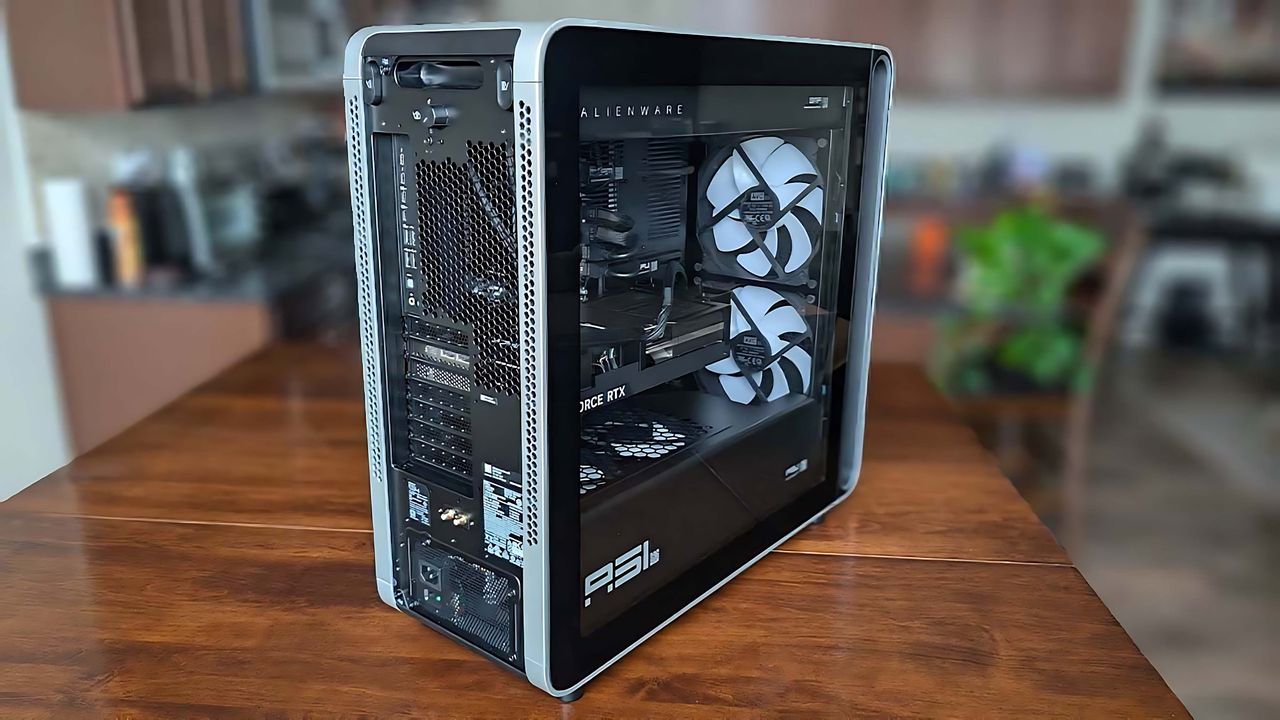Three Months, 30 Simulations: How Alienware Built the Area-51's Amazing Cooling System

Dell's Area-51: A New Era of Gaming PCs
Earlier this year, at the Consumer Electronics Show (CES) 2025, Dell made a significant announcement that caught the attention of gaming enthusiasts worldwide. The company revealed that it was reviving the legendary Area-51 desktop gaming PC. This iconic machine, which first debuted over 25 years ago, had taken a brief break from the market but returned with a completely redesigned approach.
One of the key aspects of this redesign was Dell's promise to make the Area-51 more accessible for DIY upgrades. The new model also offered options for cutting-edge performance hardware and introduced an innovative cooling method. Thanks to Adam Savage's "Tested" YouTube series, we now have an in-depth look at how the Area-51 manages to stay cool while maintaining high performance.
The Cooling Design of the Area-51
Adam Savage, known for his work on the Discovery Channel show "Mythbusters," has been producing content on the "Tested" YouTube channel since around 2010. His videos cover a wide range of topics, from medieval suits of armor to modern PC technology. One of his recent videos, published on July 23, delves into the cooling methods used in the Area-51 desktop PC. While the video is sponsored by Intel and Alienware, it provides valuable insights and solid evidence that go beyond typical promotional content.
The Area-51 uses a positive pressure design, where fans push air into the system rather than pulling hot air out, which is a common approach in custom PCs. This design helps maintain a quieter operation, even during demanding tasks like running graphically intensive games. According to Rebecca Spear, a Windows Central editor, the Area-51 only measured a peak of 38.4 dB, comparable to light rain. This level of noise is significantly lower than what many users might expect from a high-performance gaming PC.
Behind the Scenes of Dell's Cooling Innovations
Thanks to Savage's latest "Tested" video, we gain a deeper understanding of how Dell arrived at its innovative cooling design. Travis North, a Senior Distinguished Thermal Engineering Technologist at Dell, plays a crucial role in this process. He spends time with Savage in the video, explaining how Dell tests airflow in its PCs.
The Area-51 features two 120mm fans on top, two 180mm fans on the front, and two more on the bottom, along with the power supply unit (PSU). The design focuses on airflow and pressure, with North stating that this approach minimizes losses and allows for efficient cooling. Dell uses sensors similar to those used in the airline industry to measure static pressure, which helps analyze whether air is flowing through the right areas within the case.
North mentions that the rear panel acts as a valve, with fewer cutouts preventing the recirculation of hot air. The GPU's cooling is a primary focus, with the CPU cooling handled by a water-cooled AiO radiator. The development process involved three months of work, 30 simulations, and extensive testing to ensure optimal performance.
Longevity and Future-Proofing
North emphasizes the importance of flexibility and longevity in the design. By ensuring the Area-51 can run cooler than necessary, components such as capacitors and VRMs should have a longer lifespan. This approach also accounts for future hardware that may require more cooling.
Tim Graham, a Lead Alienware Architect, highlights that the system is designed for future advancements, including much higher wattage cards. The new Area-51 represents a step forward in user-friendly pre-built PCs, moving away from proprietary parts and form-over-function cases.
Pricing and Value Considerations
Despite these improvements, the pricing of the Area-51 remains a concern. Models start at $3,049.99, which is significantly higher than building a similar system on platforms like PCPartPicker. However, the Area-51 offers standard parts, latching side panels for easy upgrades, and a variety of ports for accessories.
Overall, the new Area-51 marks a significant shift for Dell, offering a more upgradeable and user-friendly option compared to previous models. While not perfect, it represents a promising direction for future gaming PCs.